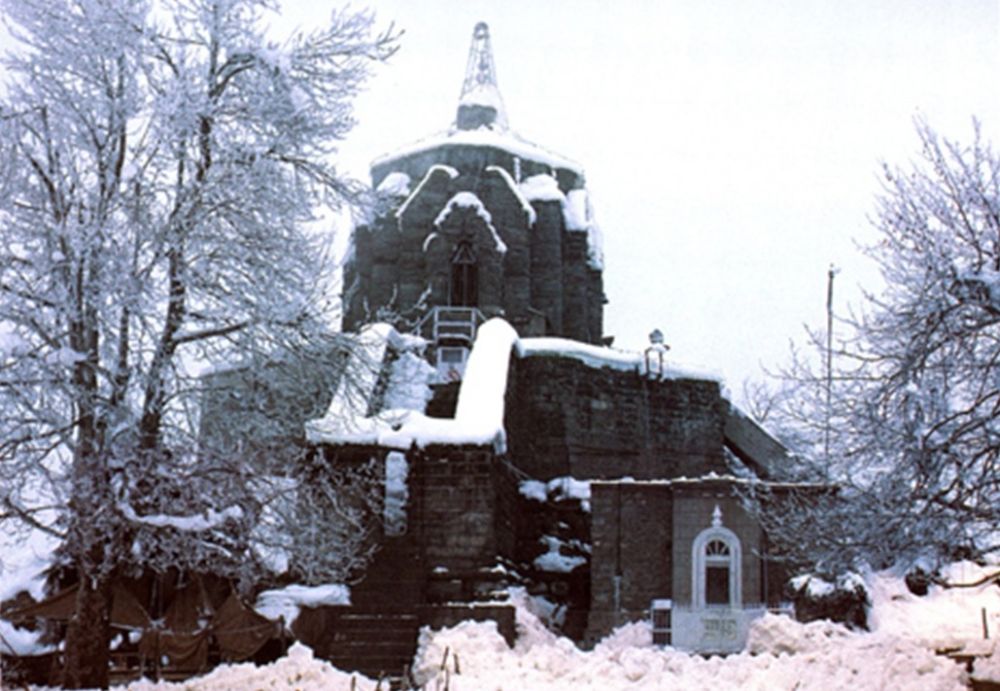

The Shankaracharya Temple, perched atop the Shankaracharya Hill (also known as Takht-e-Suleiman) in Srinagar, Kashmir, is not only a revered Hindu pilgrimage site but also a prominent tourist attraction that offers panoramic views of the city and the Dal Lake. The temple is dedicated to Lord Shiva and is considered one of the oldest in the Kashmir valley, with a history that stretches back thousands of years. Its historical significance and splendid location have consistently drawn visitors from across the world, making it an integral part of Srinagar's tourism heritage.
The temple dates back to 200 BC, though the present structure is believed to have been constructed around the 9th century AD by Raja Gopadatya. It was named "Jyeshteshwara" during ancient times. The temple has gained its present name from the great philosopher Adi Shankaracharya who visited the site in the early 9th century and is credited with revitalizing the study of Vedic scriptures in Kashmir. The temple holds a special place in the advancement of Hindu philosophy and has been a pilgrimage destination since Shankaracharya's visit.
Tourism at Shankaracharya Temple began to flourish during the rule of the Dogras in the 19th century, especially under the reign of Maharaja Gulab Singh, who took steps to construct roads and improve access to the temple. The British era saw an influx of foreign visitors who would travel to Kashmir for its splendid beauty, and the Shankaracharya Temple was a must-visit for its spiritual ambience and breathtaking views.
In the late 20th century, political turbulence in the region led to a decline in tourism. However, with the efforts of the government to stabilize the region, tourism began to pick up again. The temple not only receives pilgrims visiting for spiritual purposes but also a large number of tourists interested in exploring the rich culture, history and the natural beauty of Kashmir.
Now, eco-friendly tourism and sustainable travel are gaining momentum in the region. Tourists are increasingly interested in experiences that allow them to connect with local culture and nature. Given its unparalleled location, the Shankaracharya Temple has become an epicenter for such immersive experiences. Additionally, the government has been making considerable efforts to promote winter tourism in the Kashmir Valley, showcasing its year-round appeal.
Another trend is the rise of digital presence. The ease of access to information about historical sites like the Shankaracharya Temple through the internet has made it easier for potential tourists to plan their visit. Moreover, virtual tours have become popular in the times of the COVID-19 pandemic, allowing people to explore the temple virtually from the comfort of their homes.
As with any significant historical site, visitors to Shankaracharya Temple should be respectful of the cultural and spiritual importance of the location. While the steep climb to the temple can be demanding, the spiritual and visual rewards upon reaching the summit make it an invigorating experience. It’s recommended to visit during the early morning or late afternoon for the most arresting views of Srinagar and the surroundings.
Overall, the historic Shankaracharya Temple remains a shining beacon of Kashmir’s spiritual heritage and its evolving tourism industry. Visitors continue to be captivated by its timeless charm and the tranquil beauty of its mountainous backdrop.